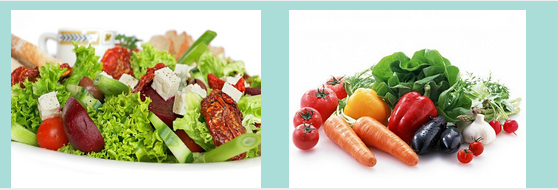Homemade Nut Butter
Making your homemade Nut butter is very easy and it is a very healthy snack and knowing what is in your homemade nut butter makes it taste that much nicer. You can use cashews, macadamias, peanuts and almonds. But to make a homemade nut butter that you enjoy add the spices, oils and extracts that you like.
To make your own nut butter, you’re going to need either a food processor or a high-powered blender. My favorite is my Kitchen Aid 11-cup food processor it’s easy to use and make really smooth and delicious nut butters.
I prefer raw nuts and then slightly cooking the nuts ahead of time this helps them release their oils more quickly and will save you lots of time.
HOMEMADE NUT BUTTER – Cashew, Almond, Pecan, Hazelnuts
(These instructions apply to all nuts)
- 2-4 cups of organic soaked and dehydrated raw nuts
- 1-2 tablespoons neutral, light tasting or flavor-complimenting oil, I prefer coconut oil
Optional:
- extra fine sea salt
- sweetener, such as maple syrup, honey, raw cane sugar, coconut sugar, coconut nectar, etc.
When making nut butters your nuts can be raw or toasted.
- After soaking and dehydrating, add the nuts to the bowl of a 14 cup food processor. (If you have a smaller processor, reduce the seeds proportionately. There needs to be enough room for the nuts to move to convert to butter! I found 2-3 cups to work the best in my 14-cup processor, 3+ cups definitely works but takes a bit longer to process.)
- Grind to a fine powder (2-10 minutes, or so), at this time, you may want to add some oil. I personally recommend it, but it’s not necessary. Continue processing until it becomes smooth and creamy, stopping to scrape down the sides of the bowl every minute or two.
- Continue processing – the nut’s oils are released and as the mixture continues to warm, it should turn creamy and smooth and move around very easily inside the bowl of your processor. If not, it is OK to add a bit more oil until the mixture is runny and blending smoothly. It may take up to 15-20 minutes until it is totally creamy, this depends on the strength and size of your food processor and how many nuts you are processing. Be patient.
- If you want to add salt and/or a sweetener, do so at the very end.
Nut-free Sunflower Seed Butter
- 2-4 cups soaked and dehydrated raw sunflower seeds
- 1-2 tablespoons neutral, light tasting or flavor-complimenting oil, I prefer coconut oil
- Optional:
- fine sea salt
- If you need a sweetener you can use maple syrup, honey, raw cane sugar, coconut sugar, coconut nectar, etc.
- Preheat oven to 325º F. After soaking and dehydrating (see above) the sunflower seeds, spread them in a single layer onto a cookie sheet. Roast the sunflower seeds for 10-15 minutes, watching very closely, you don’t want them to burn. They should be golden brown and your house should be filled with the most incredible aroma (that somehow smells like freshly baked cookies).
- In the bowl of a 14-cup food processor, add the toasted sunflower seeds and process. (If you have a smaller processor, reduce the seeds proportionately. There needs to be enough room for the nuts to move to convert to butter! I found 2-3 cups to work the best in my 14-cup processor, 3+ cups definitely works but takes a bit longer.)

Flavor Options:
Vanilla Powder
Vanilla Extract
Pumpkin Spice
Coconut Extract or Sugar
Cinnamon
Stevia or Maple Syrup
Manuka Honey
Homemade Honey Roasted Peanut Butter
Ingredients
- 3 cups organic peanuts
- 3 tablespoons raw Manuka honey, melted
- Pinch of sea salt
- 1 tablespoon coconut oil, optional
Instructions
Place peanut on a baking sheet, sprinkle a little rock salt and drizzle some Manuka honey on top of the nuts , stir until the peanuts are coated.
Toast the nuts for 5 minutes then transfer them to your food processor and blend on High until smooth and creamy, this can take a long time, scrap the sides down and keep on blending.
Tip if the nuts don’t get as smooth as you would like add a little coconut oil and blend again. Transfer into a mason jar and store in a cool dark place.
 Manuka honey from New Zealand is touted as having anti-bacterial properties and is really worth having in your pantry.
Manuka honey from New Zealand is touted as having anti-bacterial properties and is really worth having in your pantry.
Honey protects against damage caused by bacteria. Manuka honey also stimulates production of special cells that can repair tissue damaged by infection.
In addition, honey has an anti-inflammatory action that can quickly reduce pain and inflammation once it is applied


